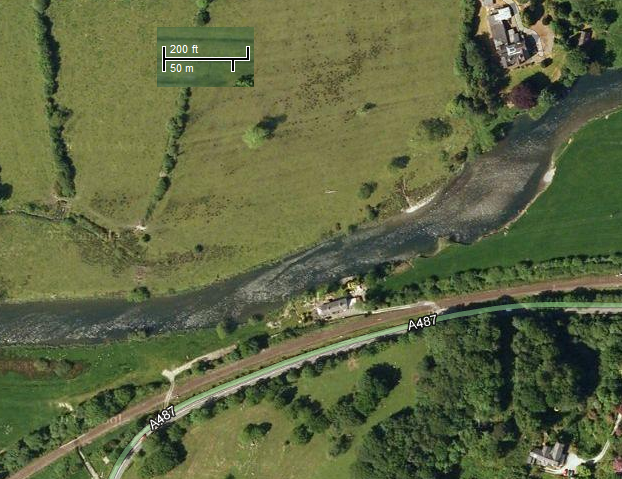I’ve already replaced my older BR Blue and Grey Graham Farish coaches with new “Blue Riband” models, since the improved detail and close coupling mechanisms are a vast improvement. So now I’m considering doing the same with the WR chocolate and cream set used when running the layout in 1960s mode, and sell on the older coaches. One thought was a formation that could double up as a charter set when the layout is running in “present day” mode.
Unfortunately if you want to duplicate the real-life formations, that approach runs into problems. Here’s a photo of the Torbay Express behind King Edward I in 2010.
There doesn’t seem to be a ready-to-run RBR (Restaurant Buffet Refurbished) anywhere on the horizon, and I’m not expecting a model of that ahistorical Mk2 in chocolate and cream, but a representative 9-car formation behind modern-day steam power could be something like this:
BCK-FO-FO-FO-RMB-TSO-TSO-TSO-BSK
Meanwhile, the late-50s “Cornish Riviera” west of Plymouth was this nicely-modellable 7-car formation, all runnable with stock in the current Farish range (The RU isn’t out yet, but is imminent)
BSK-CK-FK-RU-SK-SK-BSK
Spot the similarities? This is looking like two totally separate formations. Especially when you look more closely at the present-day set and realise they all have Commonweath bogies rather than B1s.


 Photo by Network Rail
Photo by Network Rail








 image from Google Maps
image from Google Maps